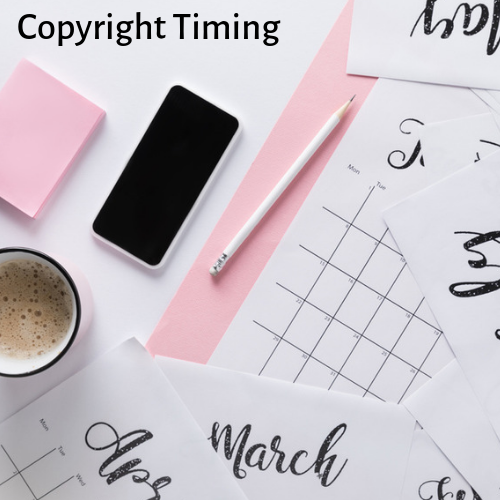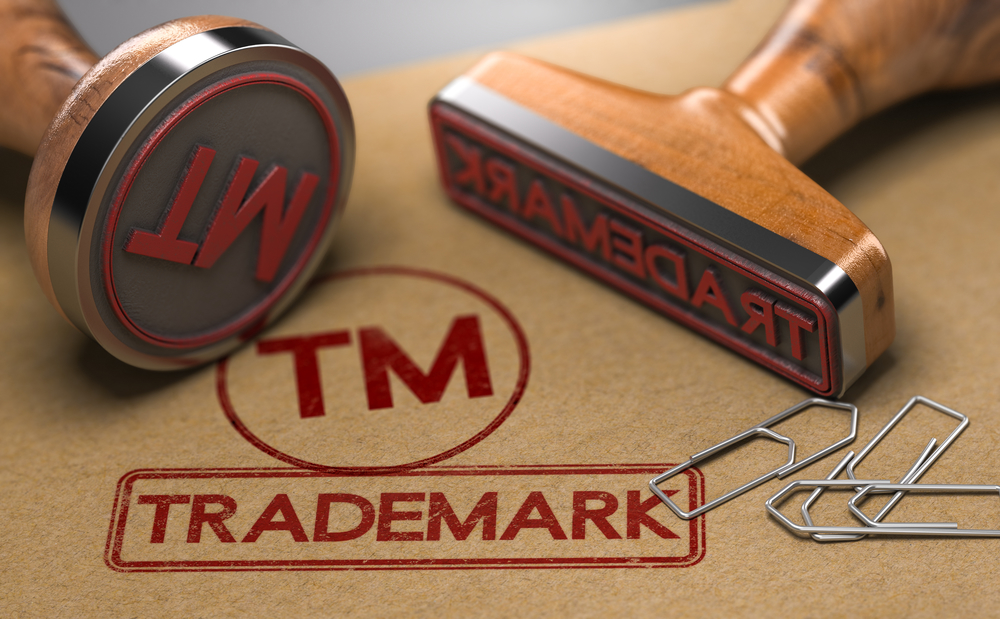Read more about 3 Potential Pitfalls of the “Intent-to-Use” Trademark Application
3 Potential Pitfalls of the “Intent-to-Use” Trademark Application
{5 minutes to read} When you file a trademark application in the US, you must include a basis for the filing. Two of the more popular bases are (1) current use in commerce; and (2) an “intent to use” the mark in commerce in the future. The “intent to use” (ITU) application can be an important tool for protecting a company’s intellectual property. Oftentimes a company develops the name of a product or service well before it’s ready to launch...











